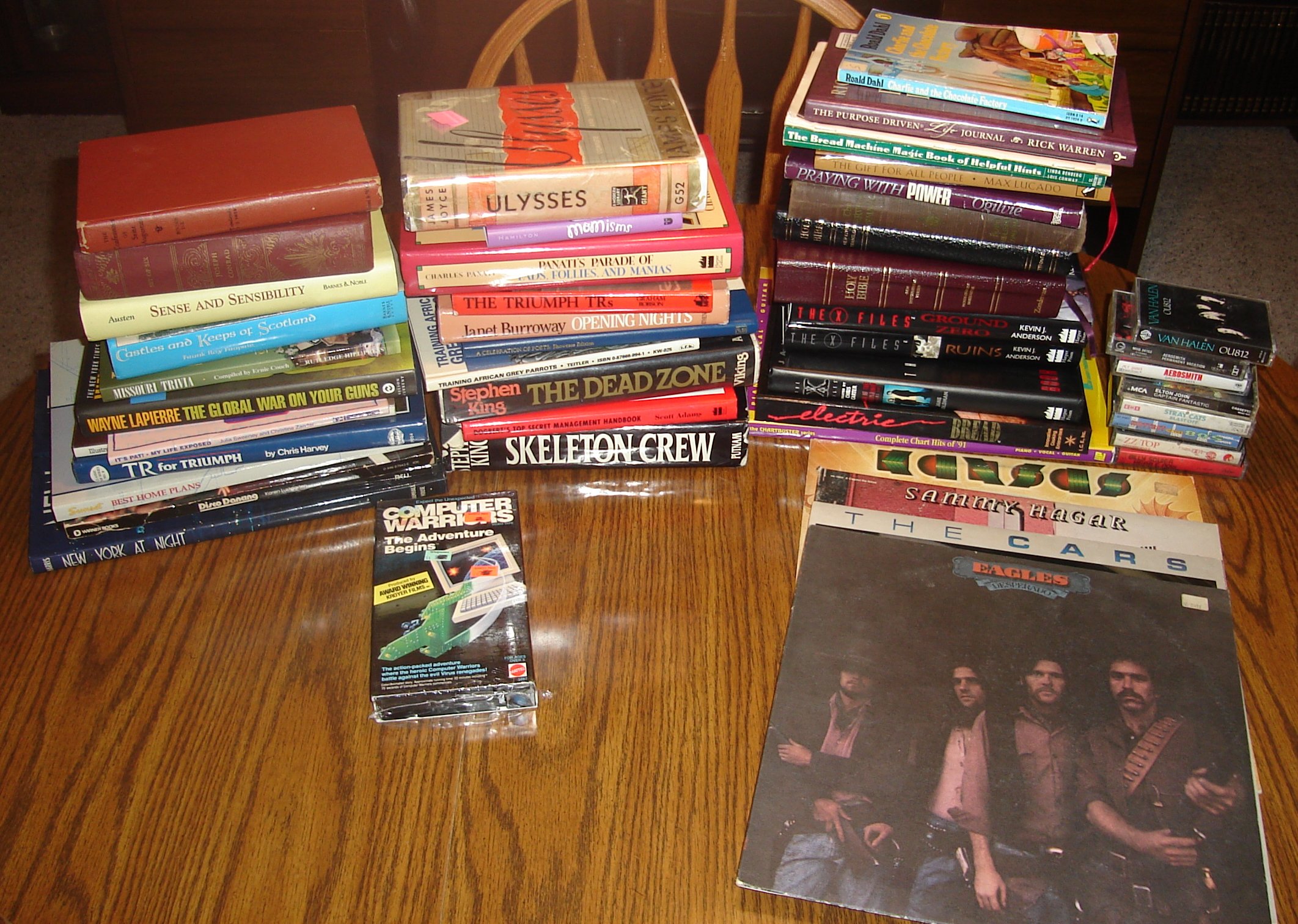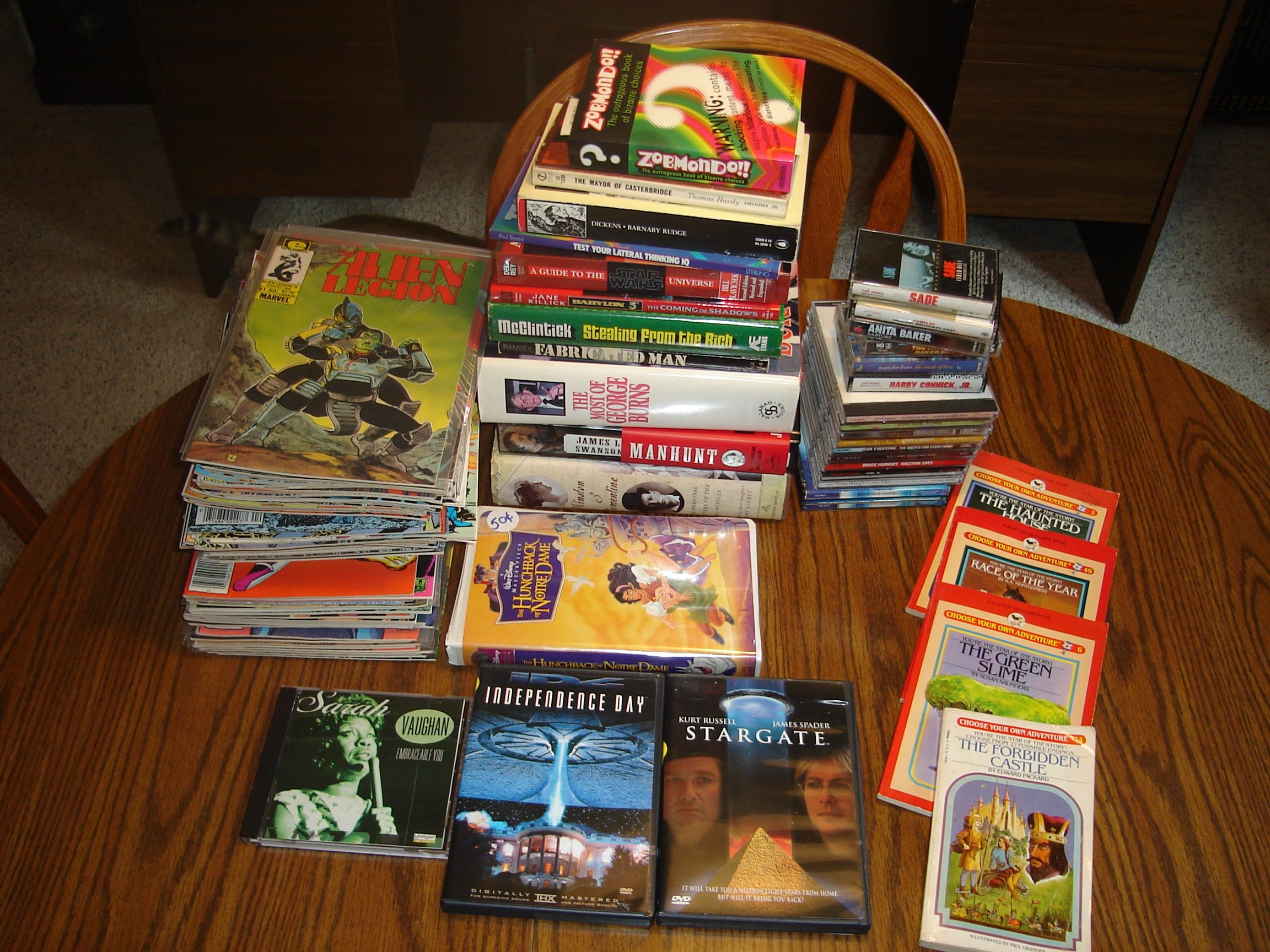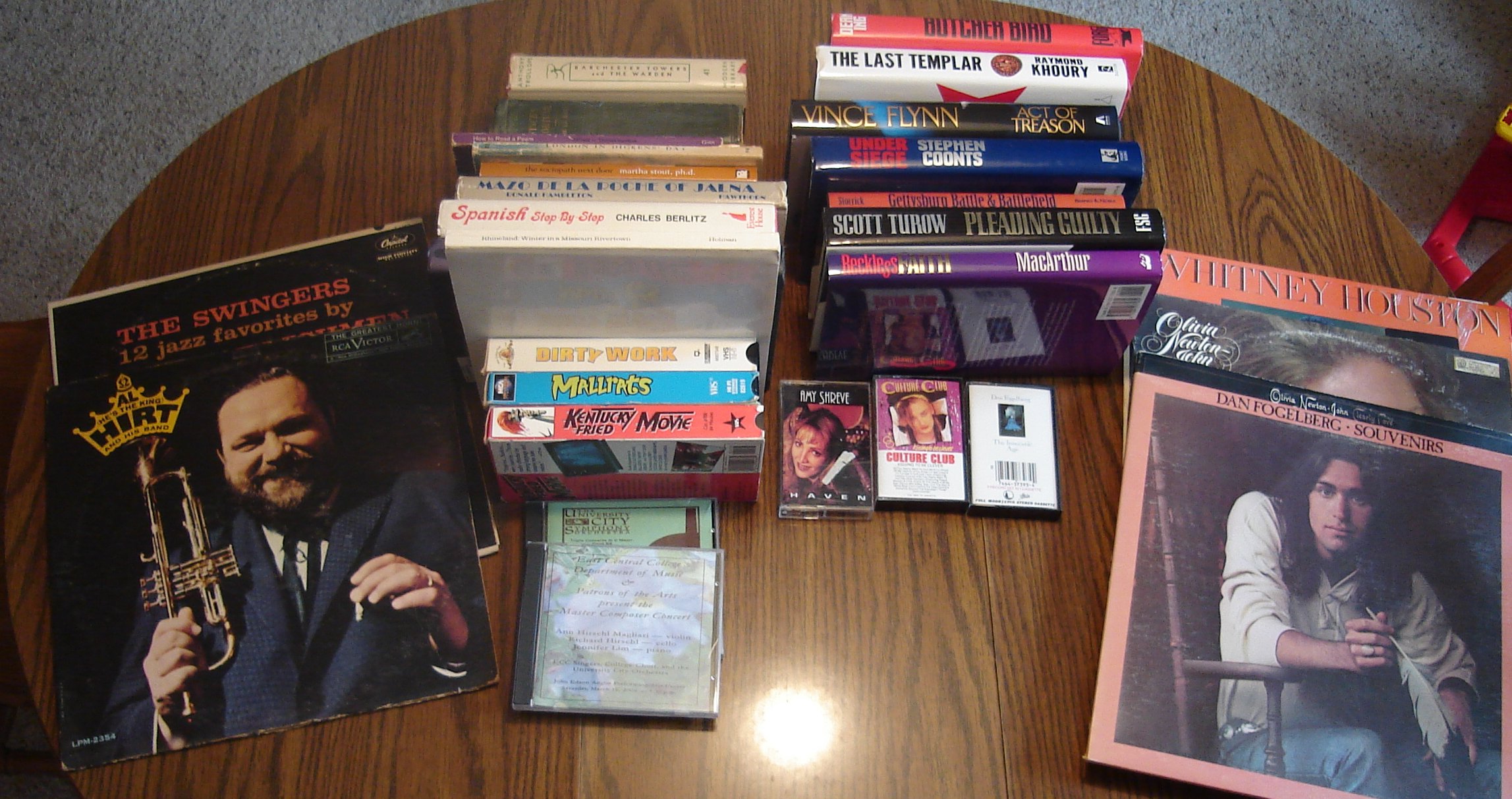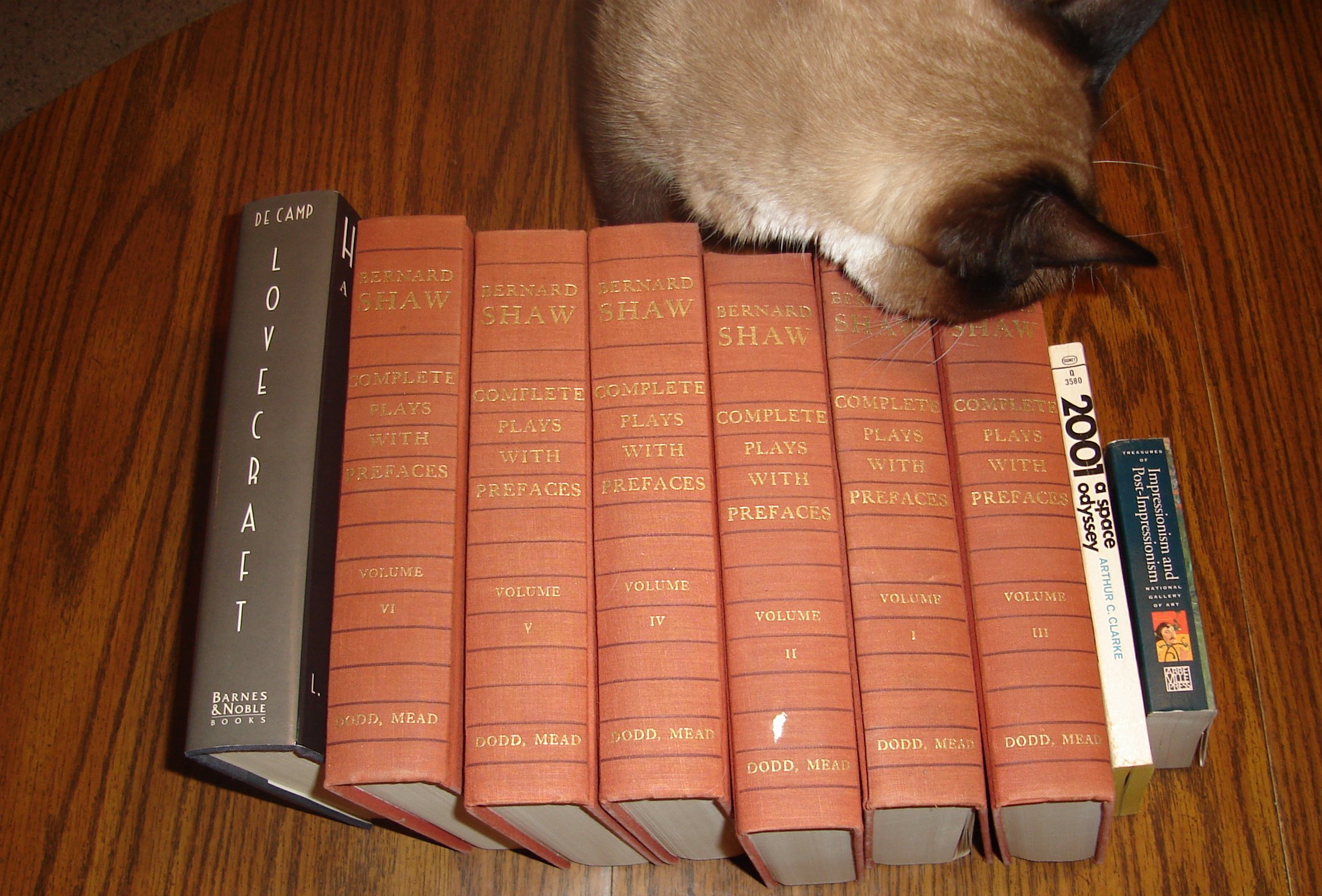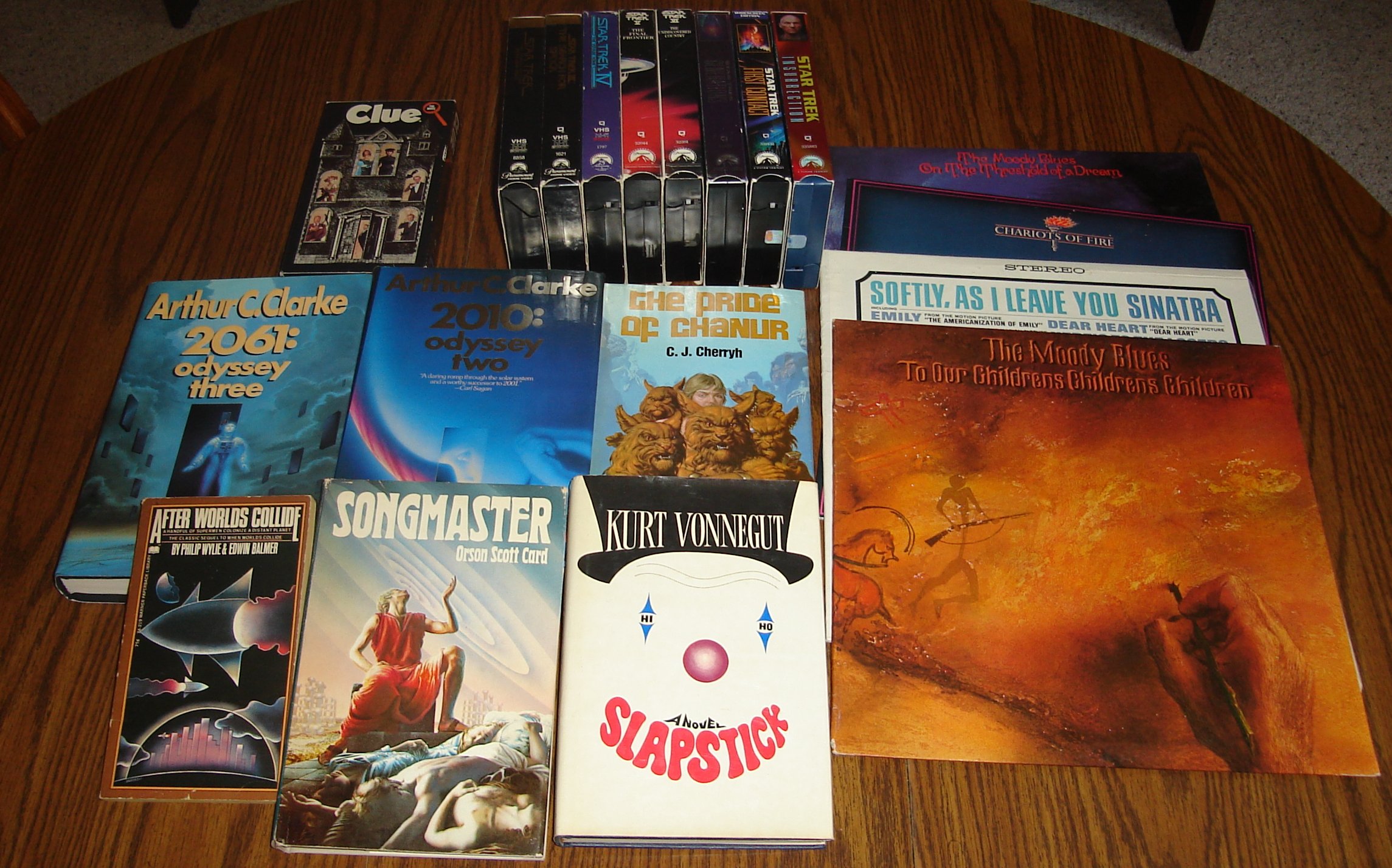This is actually the first of the Walter J. Black Classics Club/Classic Editions books I have completed; not bad for a fellow who’s been accummulating them for a couple of years now. However, the Dickens Classic Editions volumes (with the green stripe on the spine instead of the red for the Classics Club books) are fiction, and I’ve been tearing through it this year, particularly “classic” literature, so I nabbed this bit.
First, a word on the editions. The printing’s cheap, as it’s rife with printing mistakes like double impressions, some lightly washed out inks, and whatnot. But these editions aren’t fine leatherbound things; they’re designed to sell cheaply to the masses from magazine ads, mail order. So why am I collecting them? Because I inherited four from a grandfather, that’s why! Not Classic Editions, though; the Dickens works I have are just gravy. Perhaps I’ll evolve a rationale for collecting these instead of fine leatherbound editions that centers around defense of the middlebrow and the middle class. Give me some time.
Now, onto the story, which I did not particularly care for.
In his defense, this was Dickens’ second work (or so Wikipedia tells me). But the title character is a passive spectator in his own life. In his defense, Oliver is a child; however, if you’re going to title the book after someone, it might be more interesting if that character plays a role instead of plays the prop.
A poor orphan falls in with a bad crowd and participates, unwillingly and sometimes unknowingly, in a couple of crimes in between bouts of highbrow people being taken with him and helping him out, keeping him like a pet. Then all the loose threads are tied up. 541 pages later, the end.
Like many of the classical literature things I’ve read this year, the book really begins to move about 60% of the way through it; in this case, that’s somewhere in the 300s. Modern audiences don’t tend to have that attention span, I expect; if you’re going to have a lot of pages, a clown demon better rip a boy’s arms off in the first chapter.
Additionally, I have to wonder about what reading all this classical literature does with my sense of the past. Of the four big ones I’ve read (Anna Karenina, The Three Musketeers, The Hunchback of Notre Dame, and this) all take place in the past, but the actual centries vary widely. However, as far as I am concerned, the time periods aren’t that different; horse and buggy days, the aristocracy and the poor extremely different, and so on and so forth. Has the last century been that radical that its very decades were different epochs akin to the centuries or millenia of old? Or am I just confused by my own life experience, where I can tell the differences easily because I lived them?
That’s a bit heavy for a simple book report, but I’d like to see those who hit this post for a Google search for oliver twist book report defend that unread and pasted assertion.
Books mentioned in this review:



